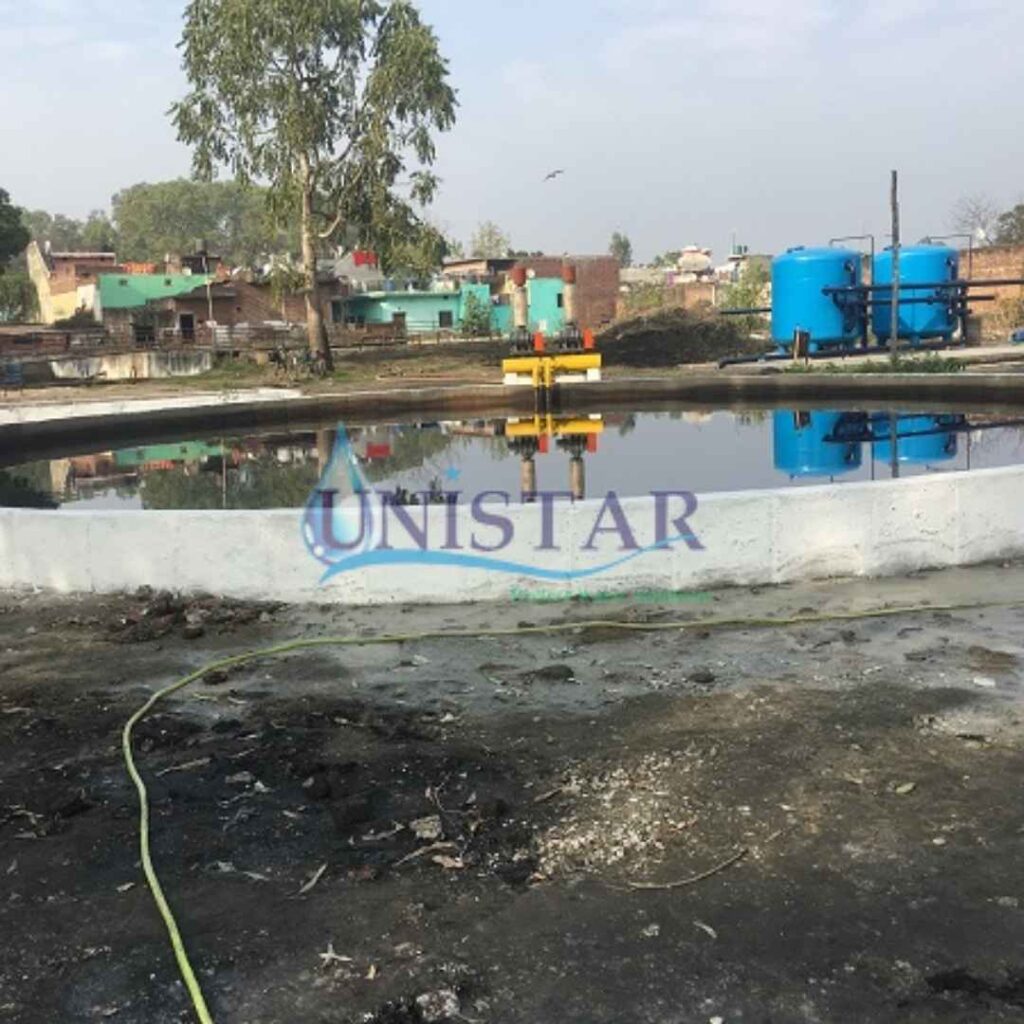What are KLD and MLD in Water and Wastewater Treatment?
Water and Wastewater Treatment Manufacturer


In the field of water and wastewater treatment, understanding the terms KLD and MLD is crucial for both operational efficiency and infrastructure planning. These units of measurement—KLD (Kiloliters per Day) and MLD (Megaliters per Day)—are integral in evaluating the capacity, performance, and scale of water treatment processes. This article delves into the definitions, significance, and key differences between KLD and MLD, providing a clearer picture of their roles in water management.
KLD (Kiloliters per Day)
Definition: Kiloliters per Day (KLD) is a unit of measurement that quantifies the volume of water treated, supplied, or processed in a day. One kiloliter equals 1,000 liters, so KLD represents the amount of water in thousands of liters.
Importance of KLD:
- Capacity Representation: KLD is instrumental in gauging the daily capacity of smaller water treatment plants and facilities. It helps utilities and municipalities assess how much water can be reliably provided or treated each day.
- Local and Regional Management: For community water systems, small- to medium-sized treatment plants, and localized irrigation systems, KLD is a practical metric. It ensures that these facilities meet daily water demands for residential, agricultural, and industrial uses.
- Operational Efficiency: Knowing the KLD capacity aids in optimizing operations, managing supply chains, and planning for future needs.
Applications:
- Residential water systems
- Small-scale industrial and agricultural operations
- Community water treatment plants
- Metropolitan water supply systems
- Large-scale industrial water needs
- Extensive agricultural irrigation
MLD (Megaliters per Day)
Definition: Megaliters per day (MLD) is a larger unit of measurement used to express the volume of water treated or processed daily. One megaliter is equivalent to one million liters, or 1,000 KLD.
Importance of MLD:
- Large-Scale Operations: MLD is essential for understanding the capacity of large-scale water treatment operations. This includes major urban water systems, extensive industrial processes, and large agricultural irrigation projects.
- Infrastructure Planning: For cities, large industrial complexes, and regions with high water demands, MLD provides a clearer picture of the treatment capacity required. It helps in designing and managing large-scale water infrastructure.
- Environmental Impact: MLD metrics are crucial for evaluating the demands on natural water resources and planning for sustainable water management practices.
Key Differences Between KLD and MLD :
Unit Size:
- KLD: Represents 1,000 liters of water per day.
- MLD: Represents 1,000,000 liters of water per day, which is a thousand times larger than KLD.
Scale of Operation:
- KLD: Typically used for smaller to medium-sized facilities and localized systems. Ideal for managing residential, community, and small industrial water needs.
- MLD: Applied to large-scale operations such as major urban water systems and extensive agricultural projects. It helps in managing significant water volumes and infrastructure.
Resource Management:
- KLD: Useful for local or regional water management, ensuring that daily water needs are met efficiently.
- MLD: Essential for large-scale water resource management, addressing high demands and environmental impacts associated with large volumes of water.
Environmental Considerations:
- KLD: While important for local resource management, it may not capture the full extent of environmental impacts in larger systems.
- MLD: Critical for assessing and mitigating the environmental effects of large-scale water use, including impacts on natural water sources and ecosystems.
Implications for Infrastructure and Planning
Understanding the distinction between KLD and MLD is vital for planning and organizing water treatment infrastructure. Accurate measurement and management of water volumes ensure that facilities are appropriately scaled to meet demand and environmental requirements. For instance, a community water treatment plant needs to be designed with KLD in mind, while a city-wide water supply system must be planned with MLD considerations.
In summary, KLD and MLD are both crucial in the water treatment industry, serving different scales of operation and needs. KLD is suited for smaller, localized systems, whereas MLD addresses the demands of large-scale infrastructure and significant water usage. By understanding these metrics, stakeholders can better manage water resources, design effective treatment facilities, and ensure sustainable water practices.
UNISTAR AQUATECH PVT. LTD. is a leading manufacturer in the water and wastewater treatment industry, renowned for delivering high-quality solutions tailored to both small and large-scale needs. As specialists in commercial and industrial RO plants, sewage treatment plants, and more, we pride ourselves on our exceptional customer support. For inquiries or support, reach out to us at +91-9811701883, 8588881234 or email india@unistaraquatech.com
